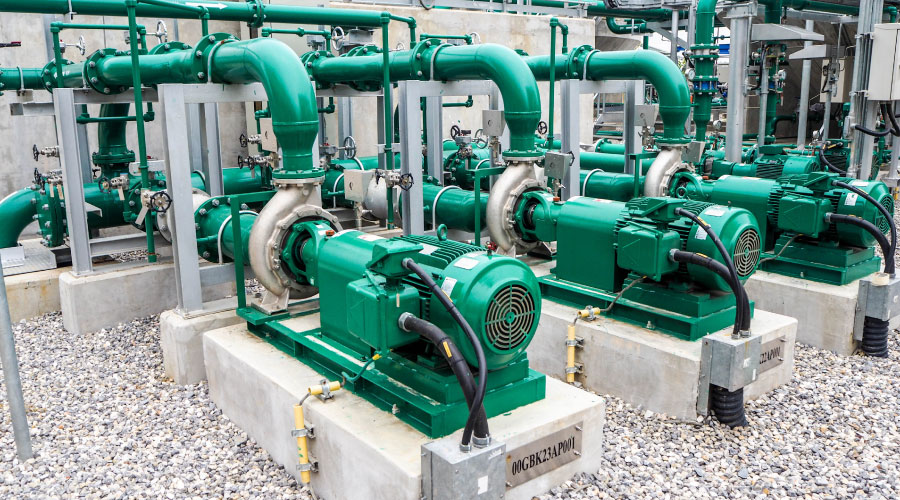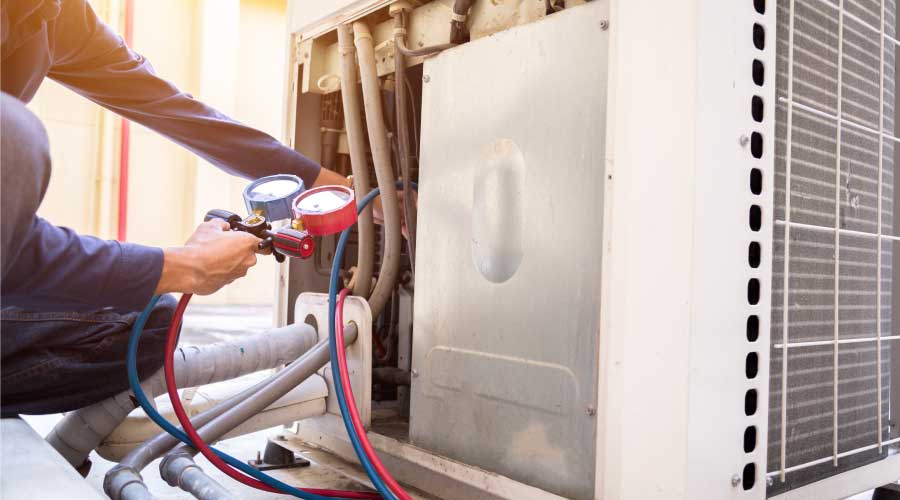Emissions Reductions Dramatic Following Texas Boiler Retrofit
Unexpected savings
The energy savings generated by the university' boiler retrofit exceeded Thompson's expectations. Because the university was able to avoid purchasing new boilers, the total bill was about $1.5 million. The payback on the project was achieved in less than a year.
The emissions reduction and energy savings were just as dramatic. In the first year following the retrofit of the 150,000-pound boiler, its emission rate dropped to 21 tons, down from 151.7 tons of NoX previously. The retrofit of the 500,000-pound boiler saved the university about $6,000 a day. The retrofit saved the campus about 750,000 kilowatt hours per year.
"That was actually way beyond our expectations, simply because we did not know, not having the history of that huge turndown ability, how that would impact the rest of the project, so that was a nice benefit," Thompson says. "We weren't sure exactly how much gas savings there would be, and the banking functionality was something that we put in after (it) wasn't part of the original scope of the project. That's what gave us the savings."
Thompson says he recently priced a potential replacement for his large boiler, and a proposed package was $6 million before installation. Because of his department's vigilant maintenance approach, Thompson is prepared for many more years of service from the boilers.
"We are constantly monitoring the operation and performance through the instrumentation and historian data, so we see and correct issues as they come up," he says. "We also take the boilers down annually to inspect the inside, check the refractory (material), burners, stack tubes, and to check and calibrate the instruments.
"This is when we get our state inspection performed, as well. We certified our welders to perform code welds and certified our mechanics to perform safety-valve repairs to save time and money when we encounter such issues with the boiler."
Related Topics:













